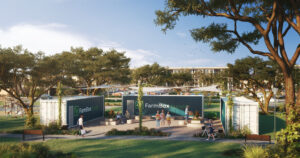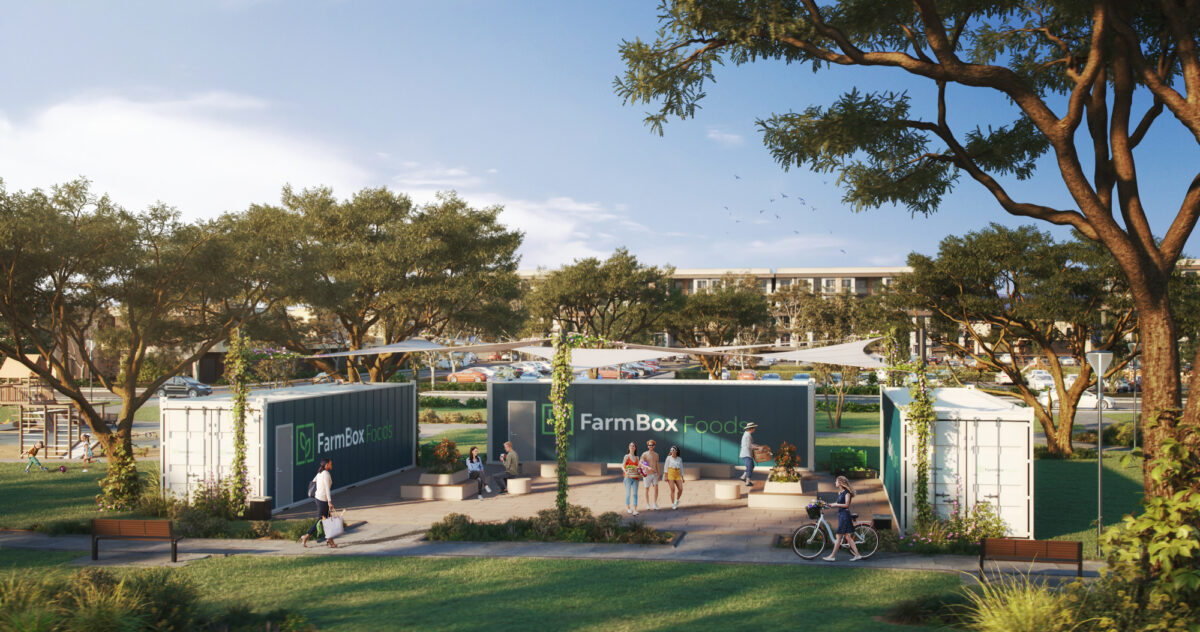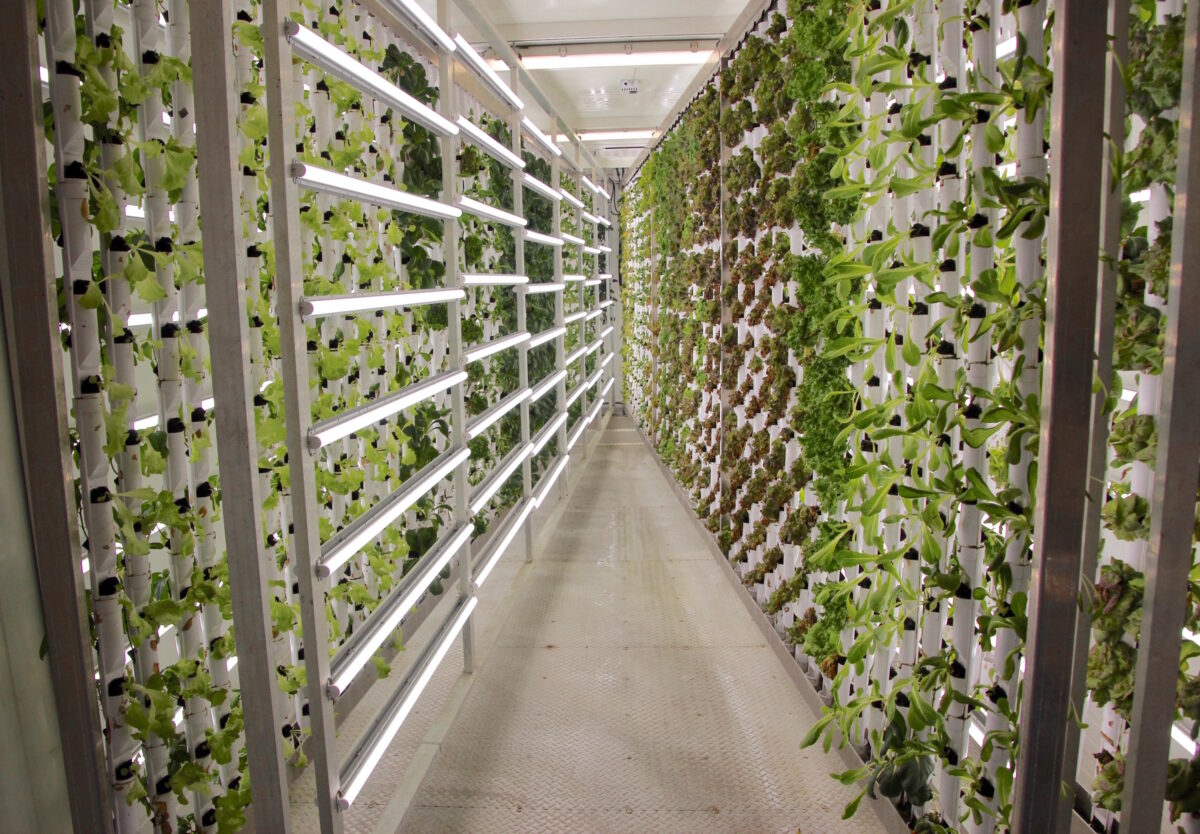Urban farming has surged in popularity in recent years due to a combination of factors. Concerns about food security and sustainability have prompted individuals and communities to seek alternative methods of food production. With urban populations growing rapidly and traditional agricultural land decreasing, urban farming offers a solution by utilizing underutilized spaces within cities for cultivation. This localized approach reduces the carbon footprint associated with transporting food over long distances and helps mitigate the environmental impact of conventional agriculture.
The desire for fresh, organic produce has driven the popularity of urban farming. Consumers are increasingly aware of the health and environmental benefits of consuming locally grown, pesticide-free fruits and vegetables. Urban farms can cater to this demand by providing a diverse range of crops year-round, often through methods such as hydroponics, aquaponics, and vertical farming. These innovative techniques maximize space and resource efficiency, allowing urban farmers to produce high-quality produce even in densely populated areas.
Urban farming also fosters community engagement and social cohesion. Many urban farms operate as community gardens or cooperative ventures, bringing people together to learn about agriculture, share resources and connect with nature. These spaces often serve as hubs for education, recreation and cultural exchange, enriching the social fabric of neighborhoods and promoting a sense of belonging. Additionally, initiatives such as rooftop gardens and guerrilla gardening reclaim vacant lots and neglected spaces (see Detroit as a prime example), revitalizing urban landscapes and transforming them into vibrant green spaces that benefit both residents and the environment. And container farms can be placed wherever there’s available space, including parking lots.
Economic factors contribute to the popularity of urban farming, too. For individuals and communities facing economic challenges, urban farming can provide supplementary income through the sale of surplus produce or value-added products like jams and preserves. Moreover, urban agriculture creates job opportunities in areas such as farming, food processing and distribution, contributing to local economic development and resilience.
As urban farming continues to evolve and expand, its multifaceted benefits are likely to further fuel its popularity as a sustainable and socially impactful practice in cities around the world.



